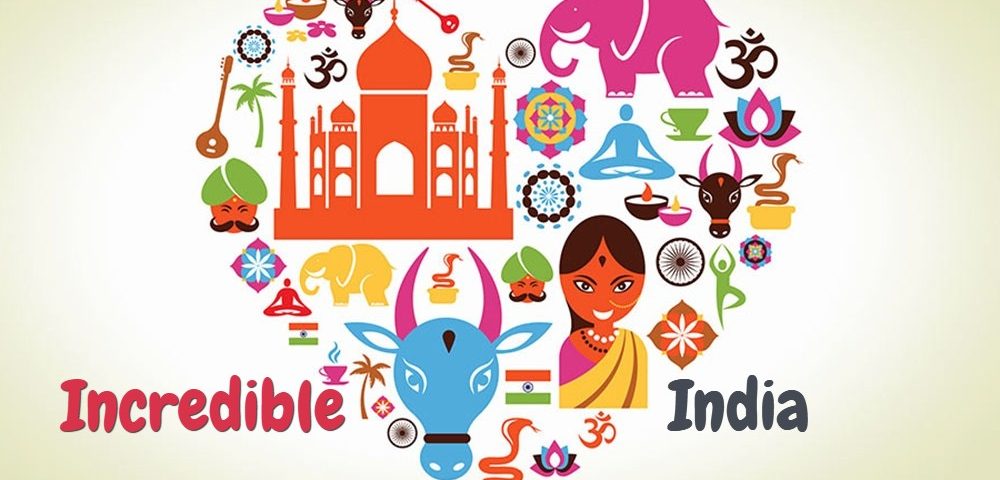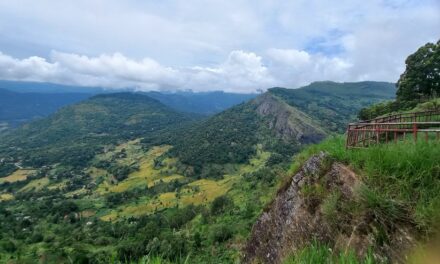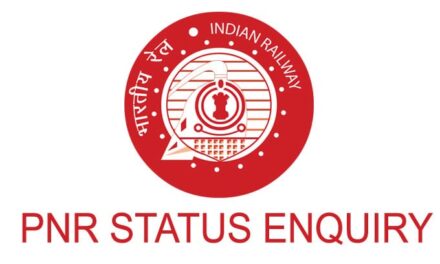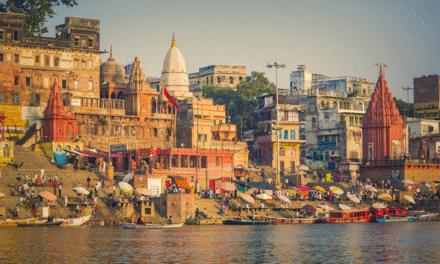The “Incredible India” campaign has been one of the most iconic and impactful tourism initiatives ever launched. Since its inception in 2002, this campaign has transformed the global perception of India and bolstered the country’s tourism industry. A vibrant tapestry of culture, history, nature, and modernity, the campaign celebrates the diversity and uniqueness that makes India a must-visit destination. This blog explores the origins, evolution, strategies, and profound impact of the “Incredible India” campaign on India’s tourism sector and global image.
The Genesis of “Incredible India”
Before 2002, India’s tourism promotion was fragmented and lacked a cohesive identity. Recognizing the need for a unified approach, the Ministry of Tourism launched the “Incredible India” campaign with the primary objective of branding India as a premier travel destination. The campaign was developed by Ogilvy & Mather, a leading advertising agency, under the leadership of advertising legend Piyush Pandey.
The slogan “Incredible India” encapsulated the essence of a country known for its paradoxes: ancient yet modern, spiritual yet dynamic, diverse yet unified. This catchy, memorable phrase served as the cornerstone for marketing India’s vast array of attractions to both domestic and international travelers.
Core Themes and Messaging
The “Incredible India” campaign adopted a multi-faceted approach, showcasing various themes that highlighted the country’s unique offerings. Key themes included:
- Heritage and Culture: Emphasizing India’s ancient monuments, temples, forts, and cultural festivals such as Holi, Diwali, and Durga Puja.
- Spiritual Tourism: Promoting destinations like Varanasi, Rishikesh, and Bodh Gaya, which are renowned for their spiritual significance.
- Natural Wonders: Highlighting India’s rich biodiversity, from the Himalayan ranges to the beaches of Goa and the backwaters of Kerala.
- Adventure Tourism: Featuring opportunities for trekking, river rafting, and desert safaris.
- Wellness and Ayurveda: Positioning India as a hub for yoga, meditation, and traditional healing practices.
The campaign’s messaging celebrated India’s ability to offer something for every traveler, making it stand out in the global tourism market.
Phases of Evolution
Over the years, the “Incredible India” campaign evolved to address changing trends and target demographics. Here’s a look at its major phases:
1. 2002–2010: Establishing the Brand
The initial years focused on creating global awareness about India as a destination. The campaign utilized striking visuals, evocative taglines, and innovative advertisements to captivate audiences. Memorable campaigns like “God’s Own Country” for Kerala and “Rajasthan: The Land of Kings” set the tone for localized promotions under the “Incredible India” umbrella.
2. 2010–2015: Expanding Horizons
During this phase, the campaign broadened its scope by targeting niche segments such as medical tourism, luxury travel, and eco-tourism. The introduction of the “Atithi Devo Bhava” initiative, which translates to “The Guest is God,” emphasized hospitality and sensitized service providers to global standards.
3. 2015–2020: Digital Transformation
The rise of digital media brought a paradigm shift in marketing strategies. The “Incredible India” campaign embraced digital platforms, leveraging social media, virtual reality, and mobile apps to engage tech-savvy travelers. Viral hashtags like #IncredibleIndia and interactive content became central to its outreach efforts.
4. Post-2020: Resilience and Rebuilding
The COVID-19 pandemic posed unprecedented challenges to the tourism sector. The “Incredible India” campaign adapted by promoting domestic tourism and virtual experiences. Campaigns like “Dekho Apna Desh” encouraged Indians to explore their own country, supporting local economies and rebuilding confidence in travel.
Impact on Tourism and Economy
The “Incredible India” campaign has had a profound impact on various facets of India’s tourism industry and economy. Some key achievements include:
1. Increased Tourist Arrivals
International tourist arrivals grew significantly after the launch of the campaign. From 2.38 million foreign tourists in 2002, the number surged to over 10 million by 2019, reflecting the campaign’s success in attracting global travelers.
2. Economic Contribution
Tourism’s contribution to India’s GDP increased consistently, generating jobs and boosting ancillary industries like hospitality, transport, and handicrafts. In 2019, the tourism sector contributed 6.8% to India’s GDP and supported millions of livelihoods.
3. Enhanced Global Image
The campaign played a pivotal role in reshaping perceptions of India from a developing country to a dynamic and aspirational travel destination. Its focus on India’s strengths—cultural richness, natural beauty, and spiritual depth—cemented its reputation on the global stage.
Challenges and Criticisms
Despite its success, the “Incredible India” campaign faced challenges and criticisms:
- Infrastructure Gaps: Insufficient infrastructure, such as poor road connectivity and inadequate airport facilities in some regions, hindered seamless travel experiences.
- Safety Concerns: Issues related to women’s safety and scams targeting tourists occasionally tarnished the country’s image.
- Environmental Impact: Increased tourism in fragile ecosystems, such as the Himalayas and coastal areas, raised concerns about sustainability.
- Uneven Regional Development: While popular destinations like Rajasthan and Kerala flourished, many lesser-known states struggled to attract tourists.
The Way Forward
To sustain and amplify the success of the “Incredible India” campaign, several strategies can be adopted:
- Sustainable Tourism: Emphasize eco-friendly practices to preserve natural and cultural heritage.
- Infrastructure Development: Invest in world-class transport and hospitality infrastructure to enhance the visitor experience.
- Promoting Lesser-Known Destinations: Diversify tourism offerings by spotlighting unexplored regions and communities.
- Leveraging Technology: Utilize artificial intelligence, augmented reality, and big data to personalize marketing efforts and improve service delivery.
- Collaborative Efforts: Engage local communities, private stakeholders, and international organizations to create a holistic tourism ecosystem.
Conclusion
The “Incredible India” campaign stands as a testament to the power of strategic branding and marketing. Over two decades, it has not only elevated India’s status as a global tourism hub but also instilled pride among its citizens. By addressing challenges and embracing innovation, the campaign has the potential to achieve even greater heights, inspiring travelers from around the world to experience the magic of India.
As the world continues to recover from the disruptions of the pandemic, the “Incredible India” campaign remains a beacon of resilience and adaptability. With its timeless appeal and forward-looking vision, it is poised to shape the future of tourism in India, making the country a truly incredible destination for generations to come.





